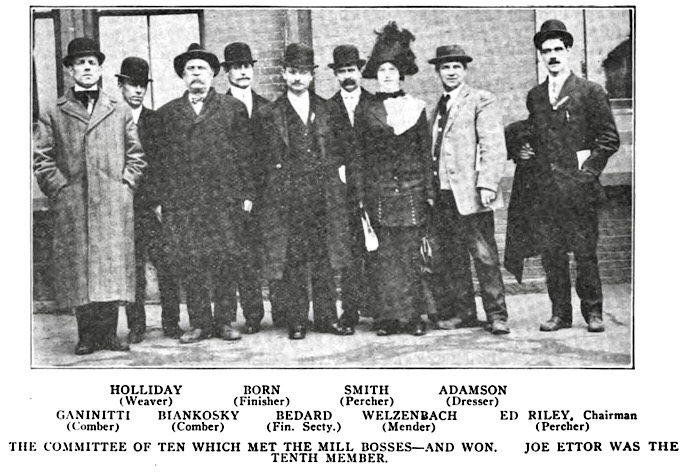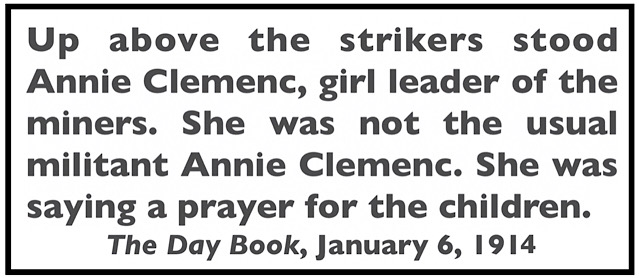 —————
—————
Hellraisers Journal – Tuesday February 3, 1914
“Calumet” by Leslie H. Marcy, Part II-Profits, Wages and Working Conditions
From the International Socialist Review of February 1914:
[Part II of II]
We have seen how the copper country is governed by an “invisible government”; from the judge on the bench, to the grand jury in session; from the national guard of the state of Michigan, on “duty,” since July 24, 1913, to the sheriff with his hundreds of imported professional strike breakers whom he swore in as deputies. The Calumet and Hecla Mining Company, Calumet, is the invisible government of Michigan.
This poor-little-rich corporation was “created” in the early fifties. According to a statement given out by Attorney Peterman, and endorsed by General Manager W. F. Denton, and General Manager C. L. Lawton, we find this devout confession: ”The profits of the Calumet and Hecla have been large, but they were due solely to the fact that the Creator put such rich ore in the company’s ground.”
However, Congress in the year of our Lord, 1852, seems to have been in total ignorance of this little gift on the Creator’s part to the copper crowd, for we find that “it gave to the state of Michigan 750,000 acres of public land, to aid it in building a ship canal around the Falls of St. Mary. The state in turn bargained this land to the contractors who built the canal, at a dollar and a quarter an acre. The lands thus disposed of at so beggarly a price were supposed to be swamp, or overflowed lands, but somehow, and strange to say, a part of them are now the rocky matrices from which the Calumet and Hecla has long been extracting shot-copper,-that company having in some way got hold of them. Years later a man named Chandler, who claimed to have bought the same land over again from the State of Michigan, brought a suit to dispossess the copper company,-charging all sorts of fraud in the switching of swamps so as to be quarries of copper-bearing rock. But the Supreme Court ruled against him, on the ground that as he got his deed from the state, he was in no better plight than the state, and that the state could not go back on its first deed to the canal contractors: so the Calumet and Hecla people kept it.”
This “good thing” was capitalized for $2,500,000 in shares of $25 each, instead of $100-note that. Of this $25 a share, only $12 was paid in. A total cash investment of $1,200,000. According to the Mining and Engineering World of December 27th, Calumet and Hecla has declared dividends on issued capitalization to December 1, 1913, amounting to $121,650,000, or $1,216 a share or $101 profits for each dollar invested.
Dividends for 1900 amounted to 320 per cent; for 1906, 280 per cent; for 1907, 260 per cent. In the Boston market, the stock was quoted on the day before New Years, at 427, bid price. Bearing in mind that the par value of the shares is but $25, this figure means that the stock is now worth more than 1,700 per cent, and bearing in mind also that only $12 a share was actually paid in, it means more than 3,400 per cent, market value. The president of the company receives a salary greater than the president of the United States.
Not long ago, when dividends threatened to be unusually enormous, the company purchased an extensive island in Lake Superior, stocked it with the finest game, and it is now used by stockholders of the company as a hunting preserve.
And the capitalists, who have never seen the inside of a mine shaft, who have stolen and defrauded to gain possession of the Calumet mines, have refused to permit their wage slaves, who produce all the wealth brought out of the mines, to organize into a union. They have denied the right of these workers to organize to demand more wages and better working conditions. Their arrogance is summed up in the words “We have nothing to arbitrate.”
These capitalists want MORE labor from the laborers. They are not satisfied with having stolen hundreds of millions from the men who have dug the wealth from the dangerous recesses of the earth. They demand still MORE.
* * * * * * *

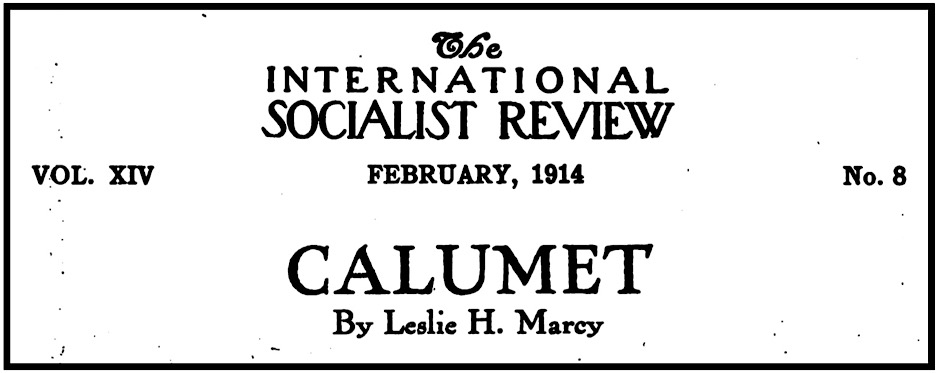
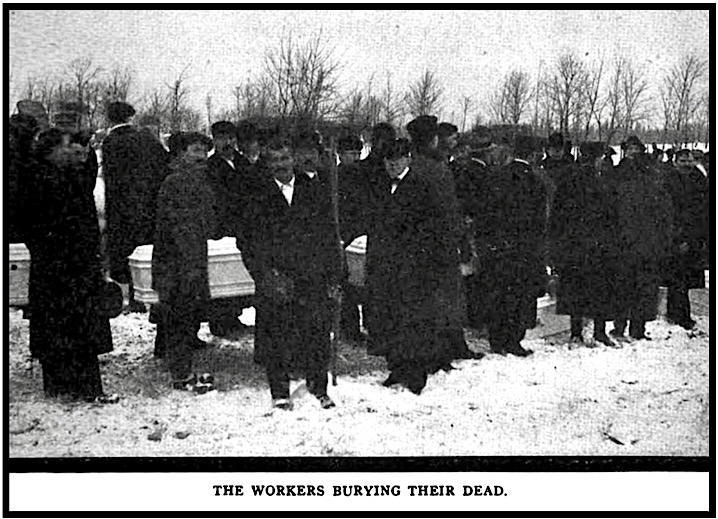
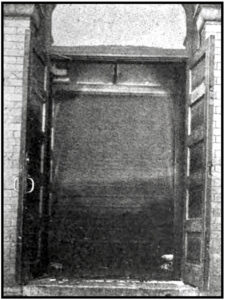

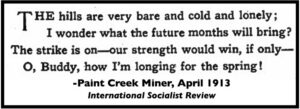 —————
—————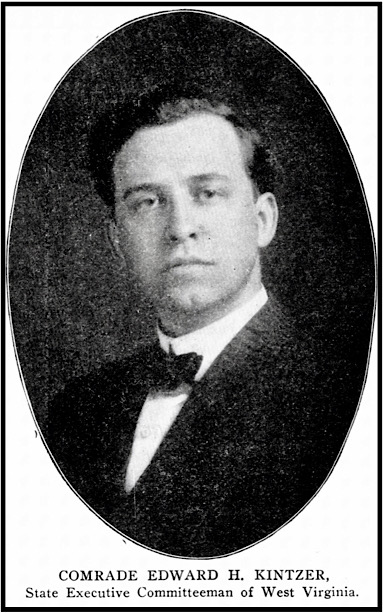
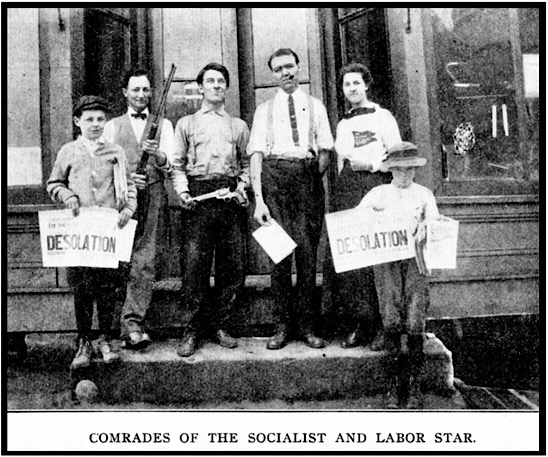
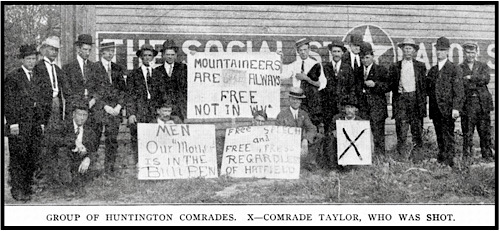
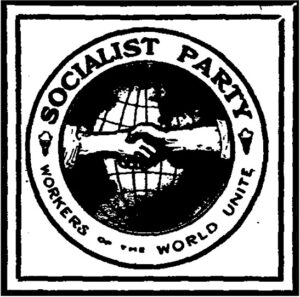
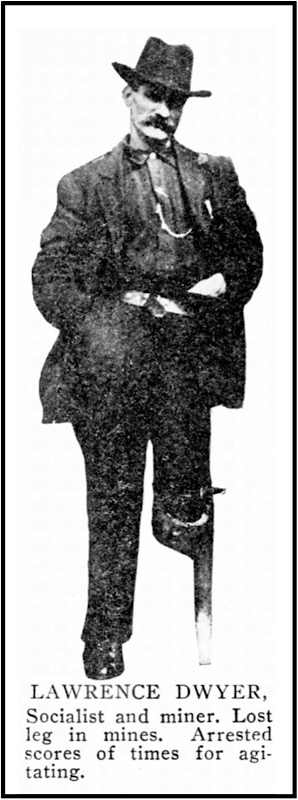
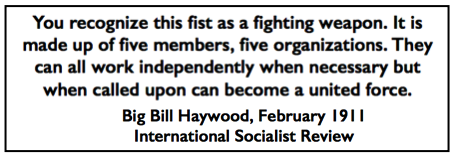 —————
—————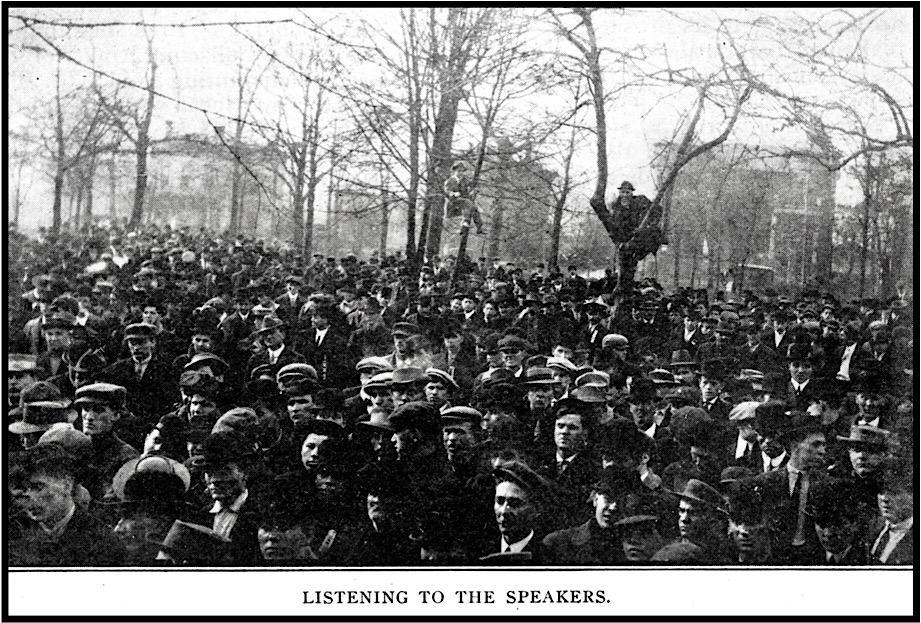
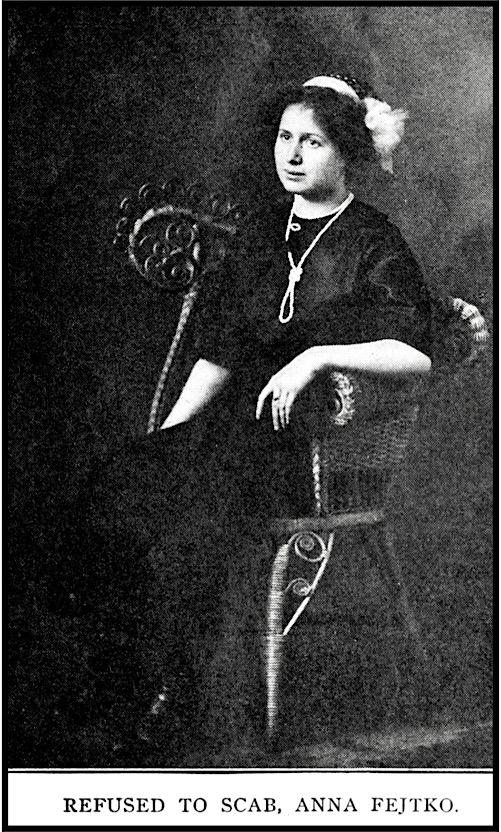
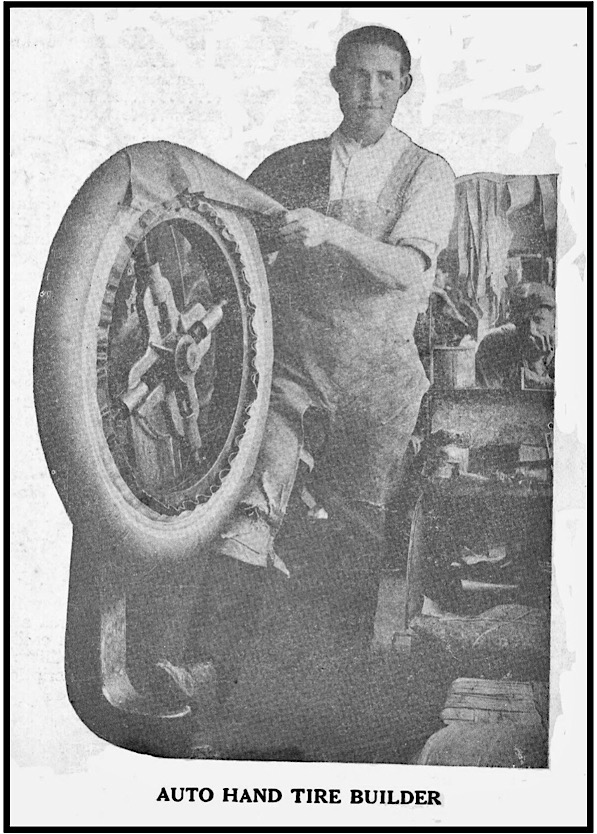
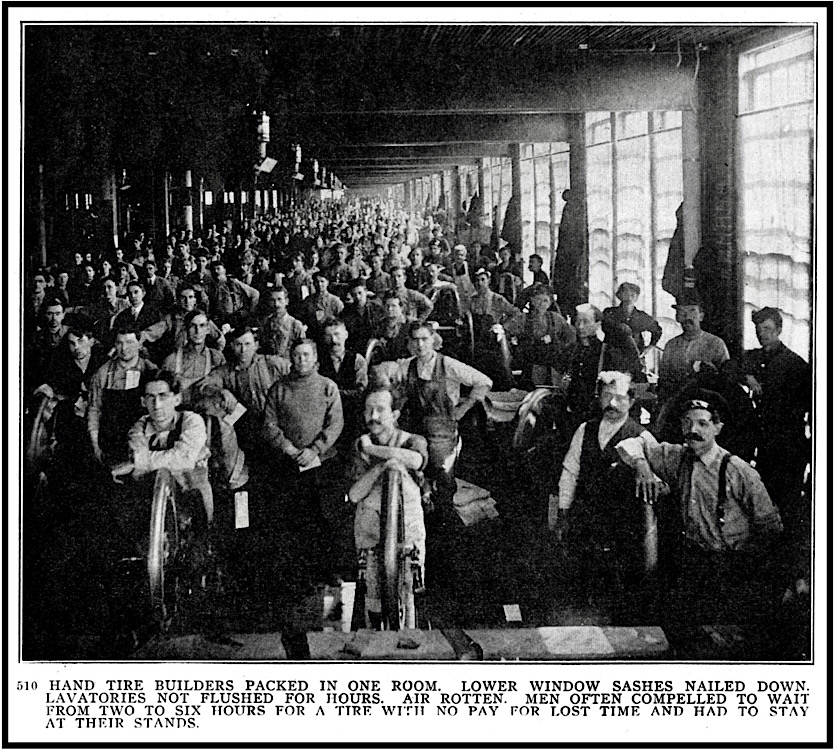
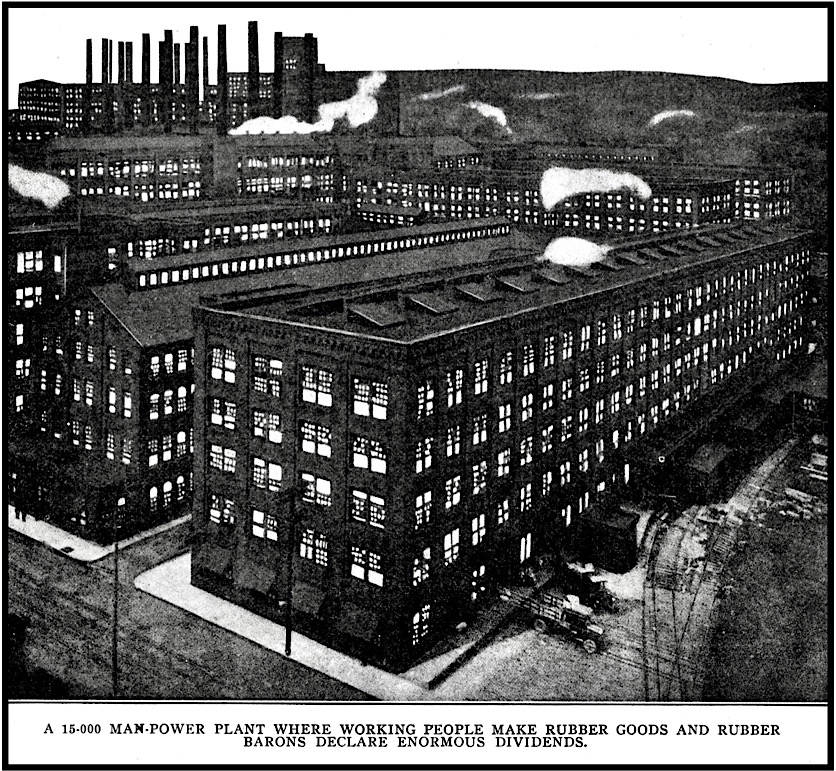
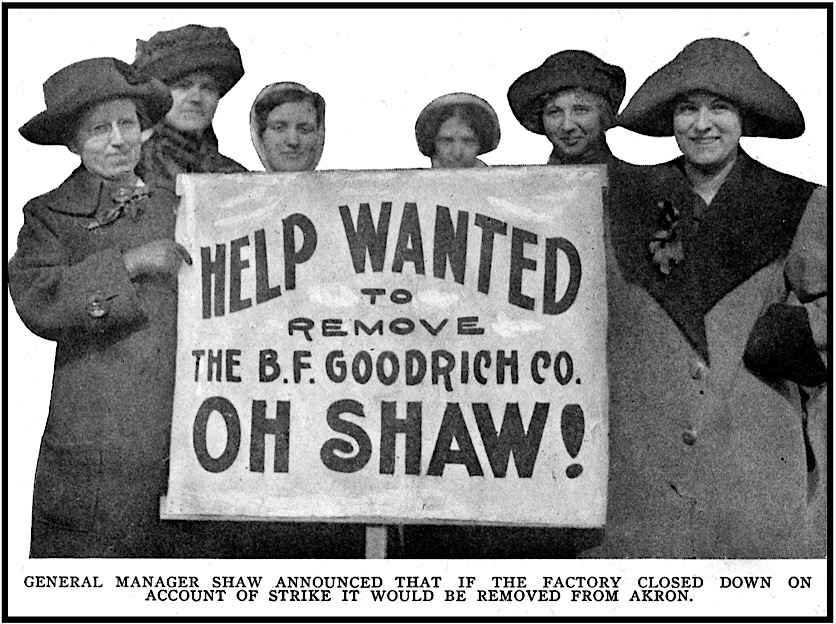
 —————
—————